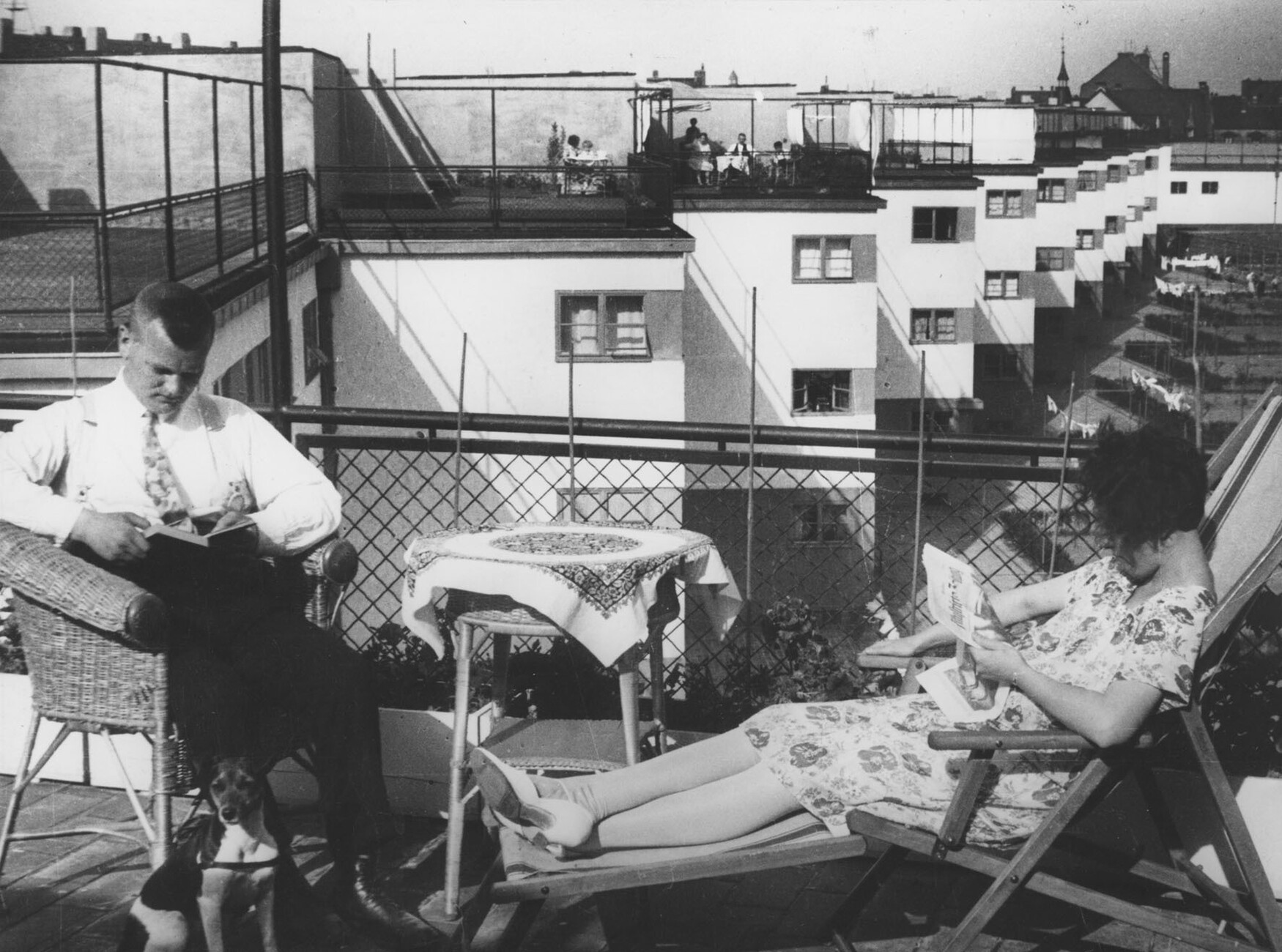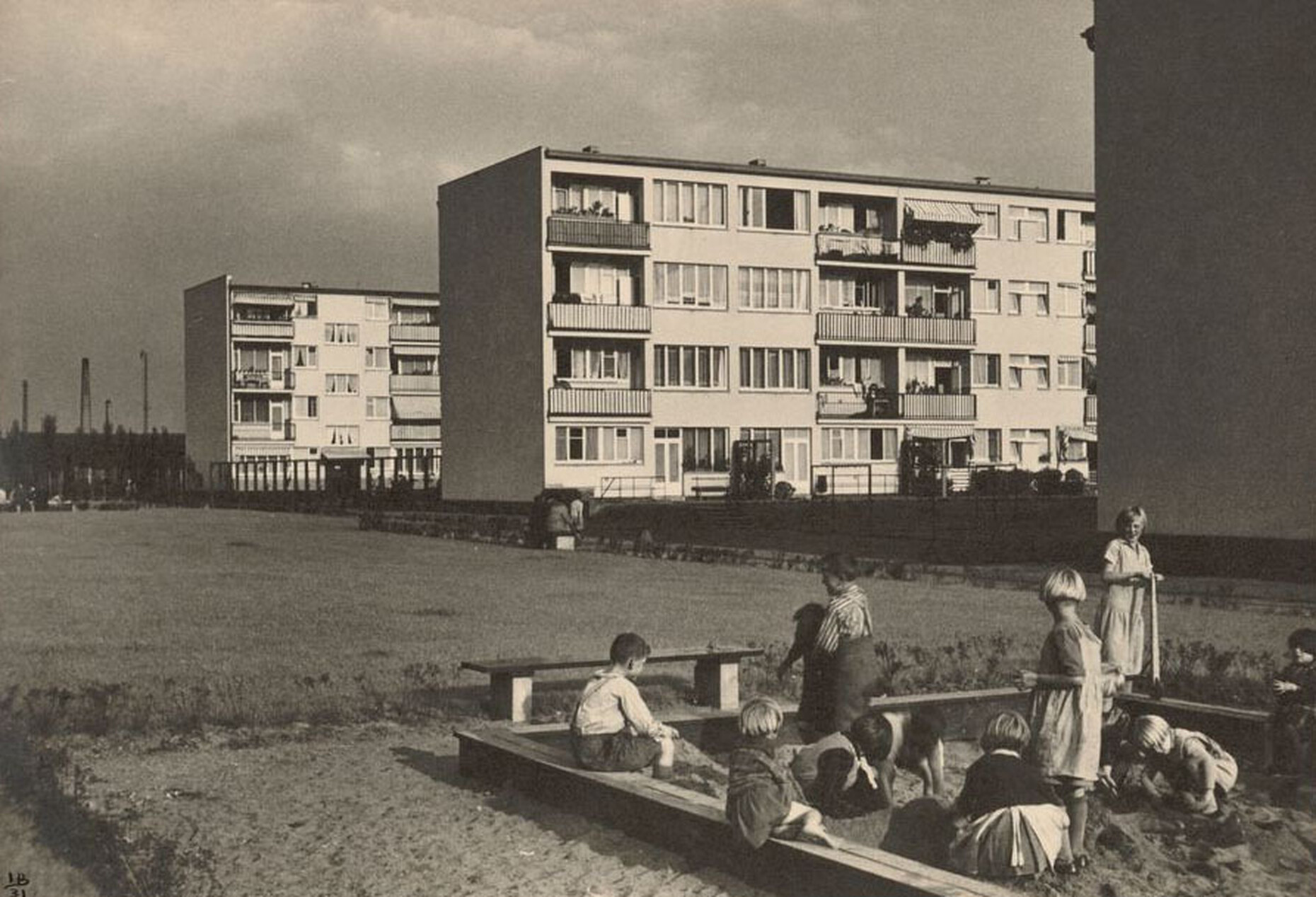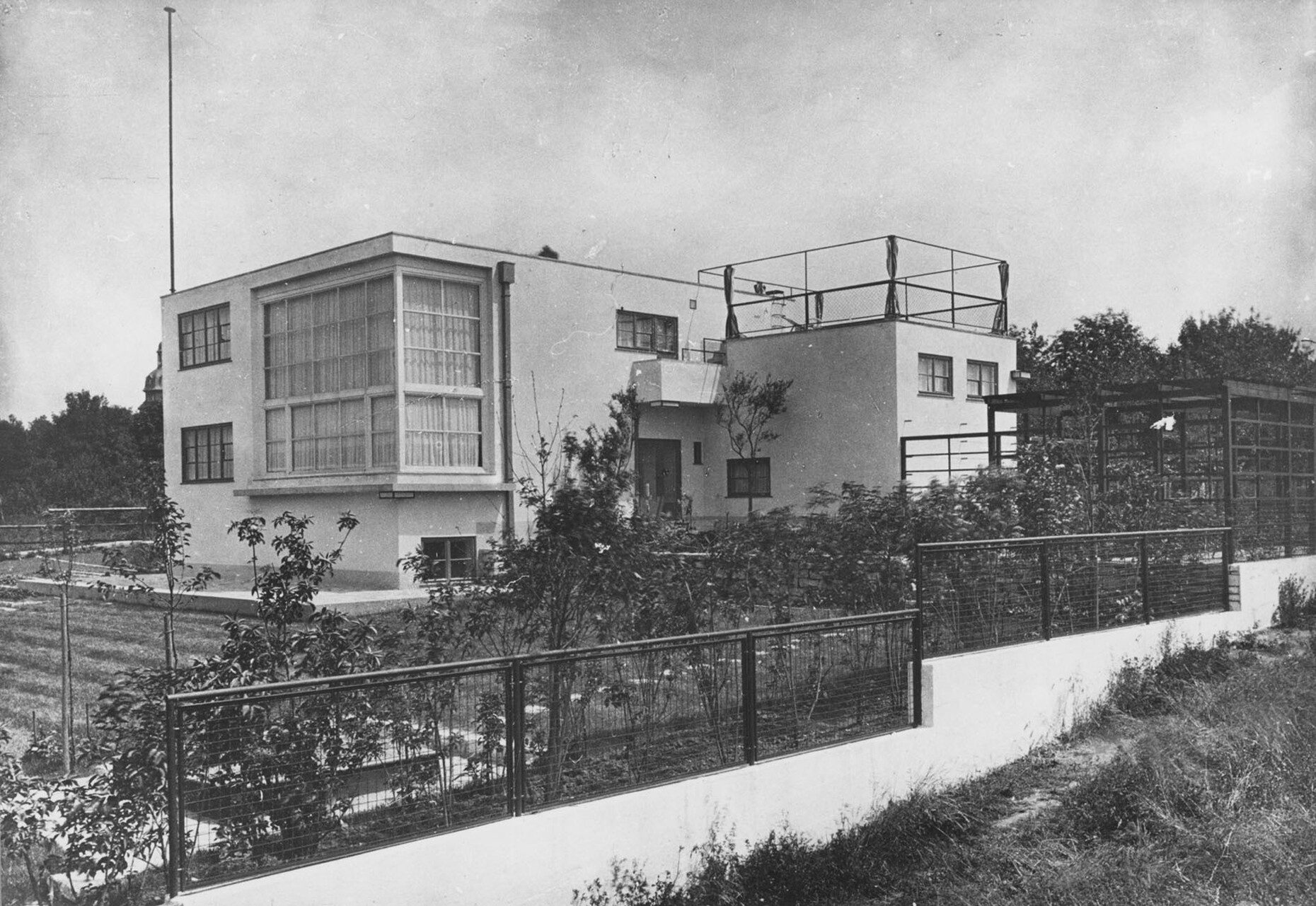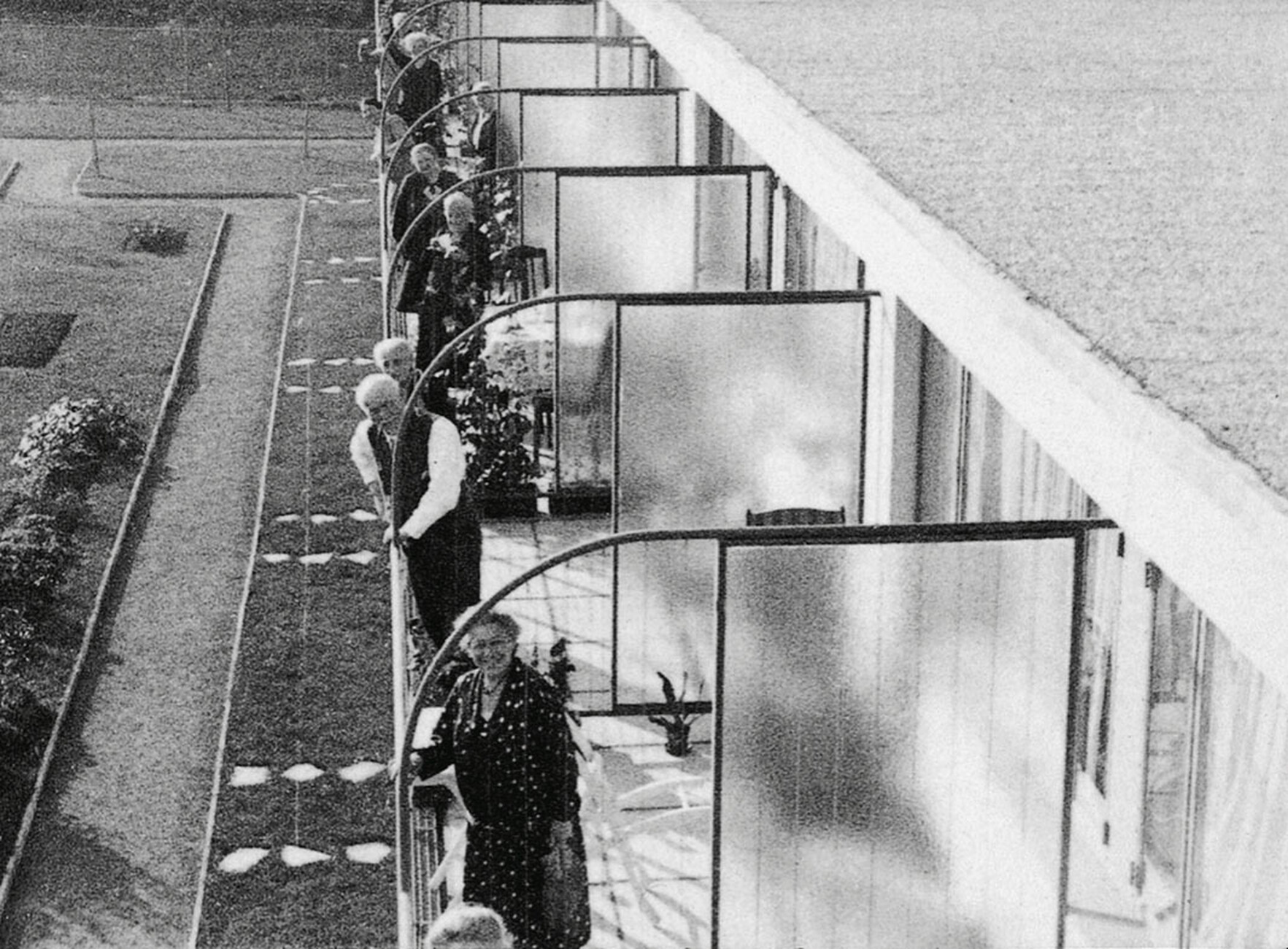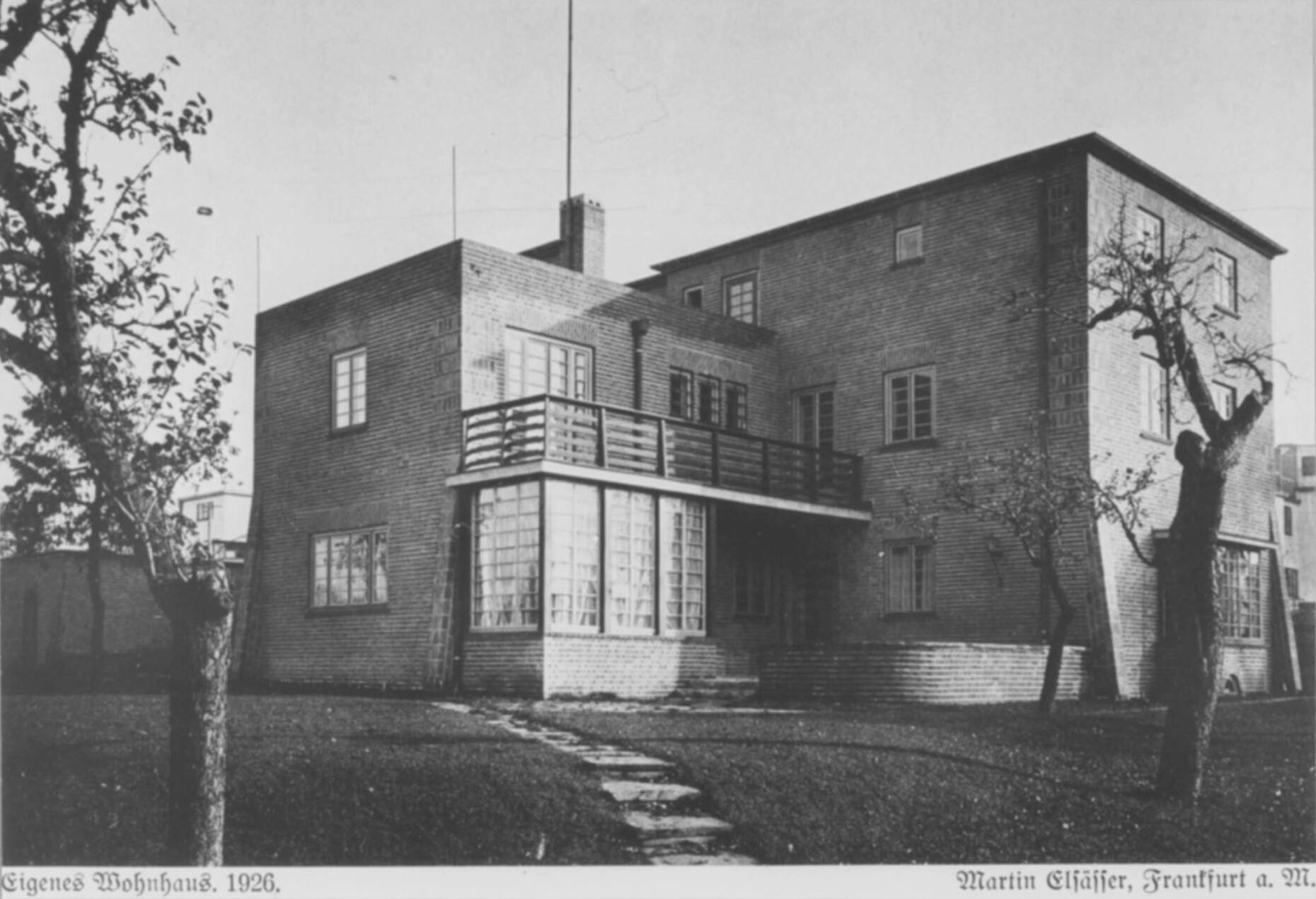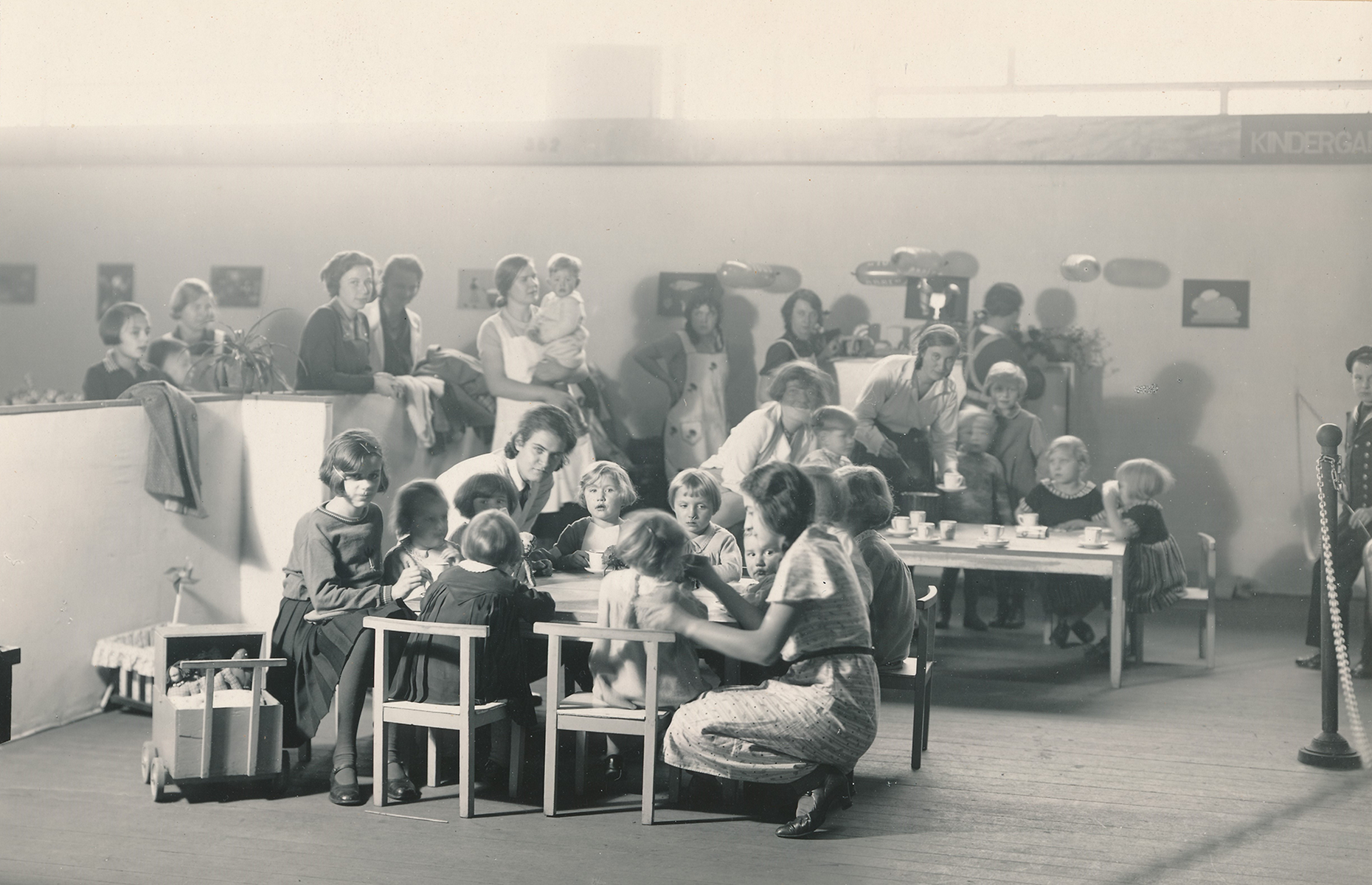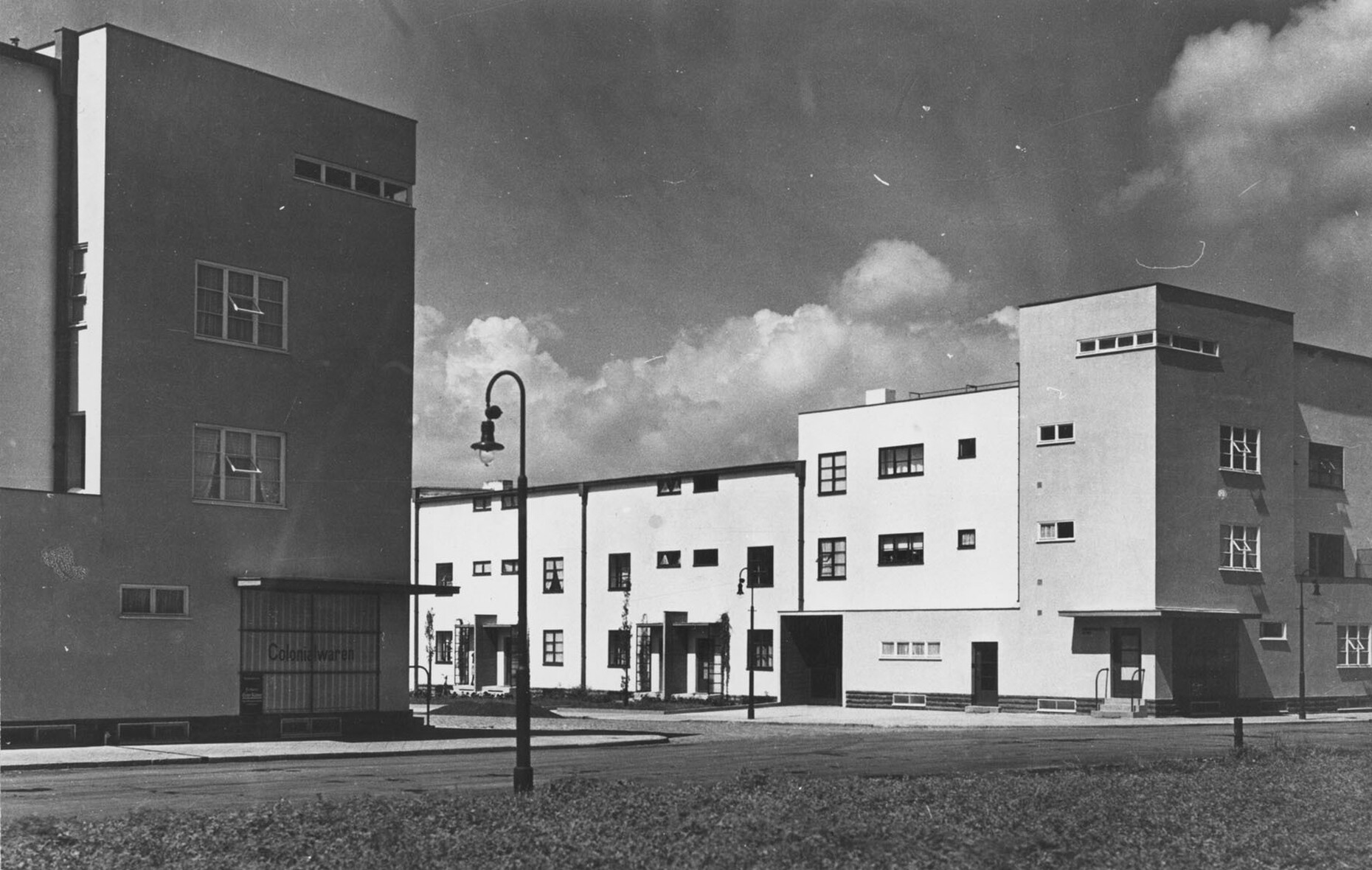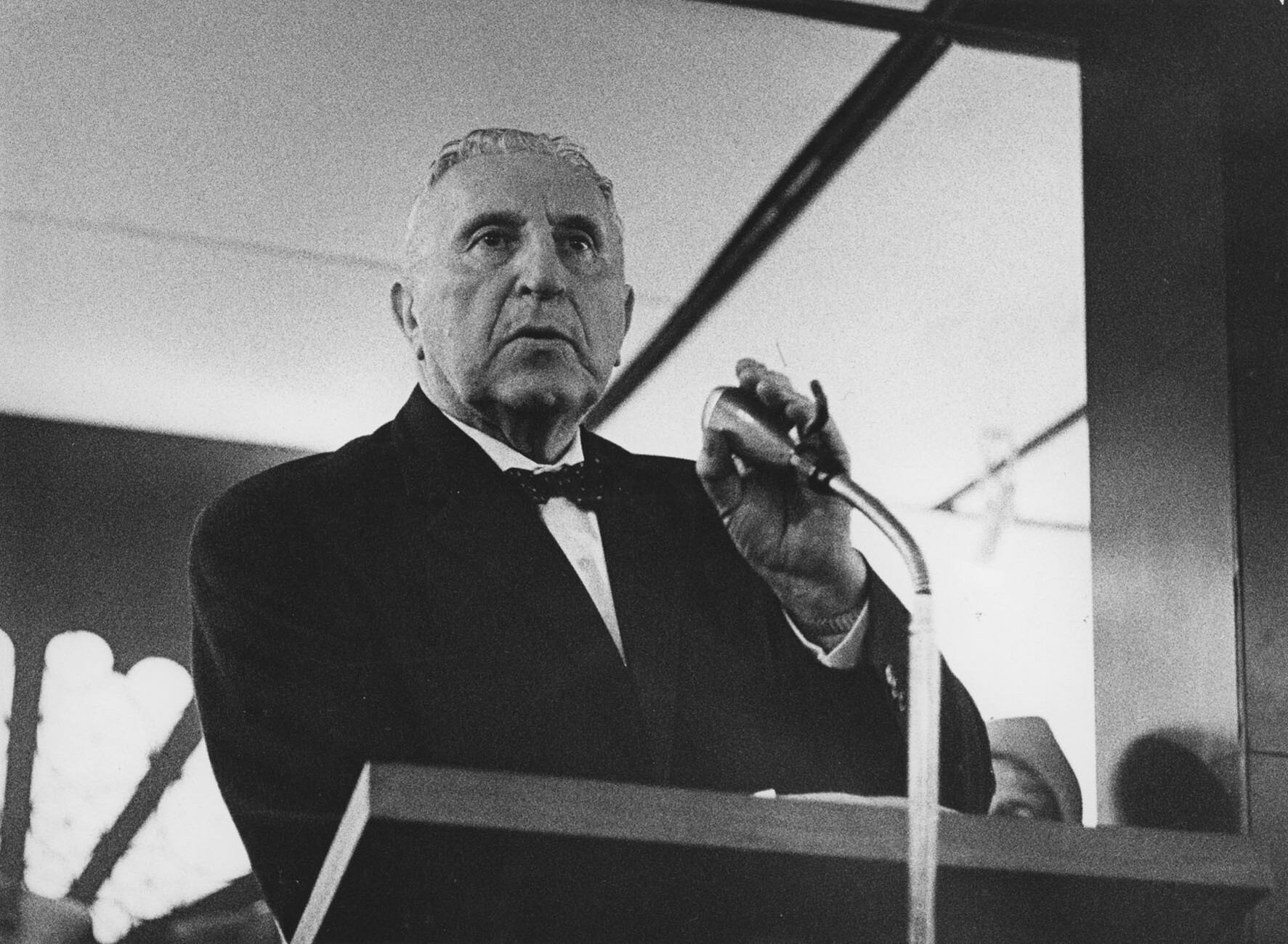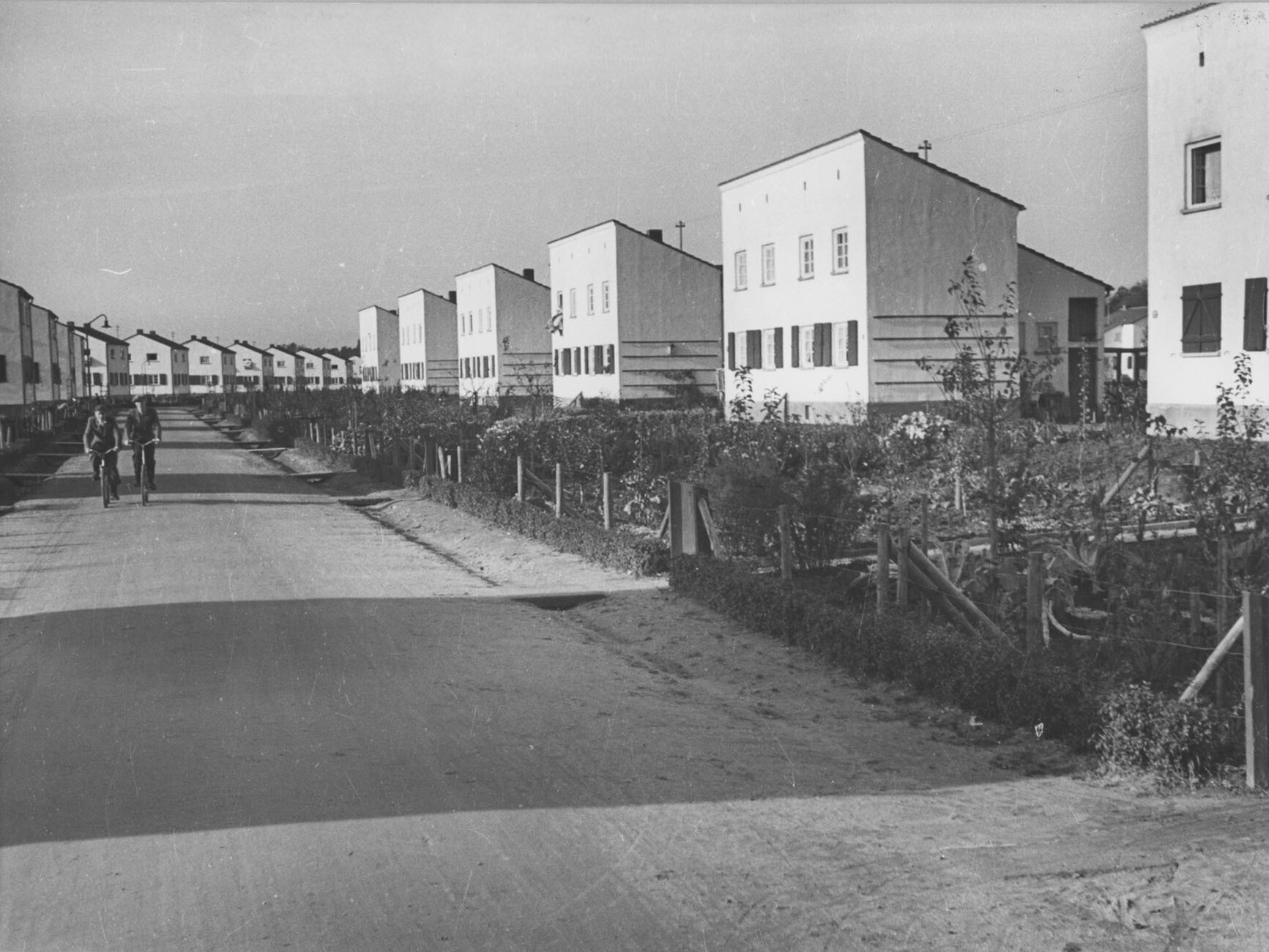Impetus for tomorrow
In 2025, the New Frankfurt will celebrate its 100th birthday – the Museum Angewandte Kunst is taking this anniversary as an opportunity to dedicate numerous exhibitions to modernist design on the Main from the 1920s. Curated by Grit Weber, the core exhibition ‘What was the New Frankfurt?’ is designed as an initial space: What was the New Frankfurt? Who were the protagonists; what ideas were the urban planning programme based on and how did they affect people's everyday lives? A total of 16 key questions about the building programme are answered in the exhibition and their initiatives, people and fields of action are presented. The room brings together significant objects from the New Frankfurt period, texts and original quotes, images, films, infographics and photographs that span the arc from the past to the future. ‘In this exhibition, the museum sees itself primarily as an educational institution. We are not just a place for leisure activities,’ says Weber.
‘Yes, we care. The New Frankfurt and the question of the common good’ is dedicated to the question of the importance of the common good in the New Frankfurt. What institutions, initiatives and concepts relating to education, the household, social welfare and health existed 100 years ago and what impact did they have on people's everyday lives? To what extent do they provide inspiration for solving the current crisis in the care and nursing professions? And can they be role models for effective countermeasures in times of political polarisation, the lack of affordable housing and the manifestation of poverty? The show is intended to provide an opportunity to debate the value of a social urban society and provide positive impetus. Objects, texts, photographs, film and audio contributions from the fields of education, household, social affairs and health from the 1920s are presented, which are linked to current experiences and questions about our global future. ‘The exhibition ‘Yes, we care’ is divided into four chapters: housing, education, social welfare and health, and presents concrete examples of how Frankfurt organised public welfare,’ says Grit Weber. The ideas presented also form a link to today's concept of social design.
Both shows are the prelude to a richly filled programme of over 155 events that make it possible to explore the interdisciplinary ideas for a new democratic society. The programme took five years to plan and develop. ‘What is the new Frankfurt? What is it for us, the residents of the city, the housing estates, what is it for the representatives of city politics, what is it for the ABG, for the ideas of the property makers? Are they places of longing, is it a stage, are they projection surfaces or is it actually a legacy that can produce very different accents and images depending on personal wishes, possibilities and political options for action?’ says Grit Weber.
The offer includes an extensive accompanying programme, including public architectural tours, talks, film screenings and workshops. Another special feature is the audio drive by artists Marc Behrens and Hannes Seidl, who will take the public on a tour of Frankfurt am Main to offer a connection between the hectic everyday life of outpatient care and (self-)care – enveloped in gentle sounds that are said to have a healing effect.
‘Of course, Frankfurt am Main was not the only city for new building and design. (...) But it can be said that nowhere else was there such a universal claim to embrace all areas of human life with new forms and to shape a new democratic society. Nowhere else was something so new not only conceived and planned, but also realised in all its breadth and complexity. In urban planning as a whole, in housing construction, in education and the social sector, in fashion, in interiors, in industry and communication design, in the applied arts, in the free media,’ says Prof Matthias Wagner K, Director of the Museum Angewandte Kunst. The ideas and crises of this time of cultural awakening are all the more interesting today, require us to take a critical look and should not prevent us from celebrating this special anniversary with joy and self-confidence, which also marks the start of the year 2026, in which Frankfurt Rhine-Main will hold the title of ‘World Design Capital 2026’ under the theme ‘Design for Democracy. Atmospheres for a better life’, he added.
What was the New Frankfurt? Key questions about the urban planning programme of the 1920s
10 May 2025 – 11 January 2026
Yes, we care. The New Frankfurt and the question of the common good
10 May 2025 – 11 January 2026
Opening: Friday, 9 May 2025, 7 pm
Museum of Applied Arts
Schaumainkai 17
60594 Frankfurt
Tue, Thu-Sun 10am – 6pm
Wed 10am – 8pm

